Dissatisfied with the damage to the rawhide insert, I pulled it out.
I wrapped a length of steel shim around the hammerhead, securing it with a hoselock
I melted some lead scraps in a ladle.
The molten lead was carefully poured into the cup formed by the shim, and levelled before it set. Observing safety precautions, I did this outside.
This shows why PPE is necessary.
I now have 3 such hammers, of different weights.
It is an advantage to have a lead hammer to make delicate adjustments to forged products. Although it soon mushrooms, it is easily shaped, much more so than the copper insert. It does not leave marks and is more forceful than a wooden mallet.
Yesterday I forged a large woodcarving gouge. You can see here how I have prepared my anvil with an oak swage, which is very easy to profile.
This was literally a 5 minute forge, from lighting the fire, just 25 blows with the lead hammer, to it resting on my benchtop swage block.
( It had another heat, but I did not use the steel swage, so as not to gall the sides.) I then formed the tang and set it to anneal.


 LinkBack URL
LinkBack URL About LinkBacks
About LinkBacks
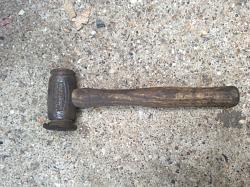
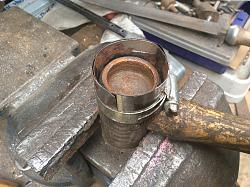
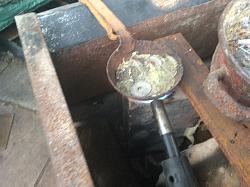
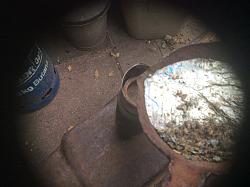
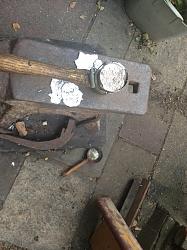
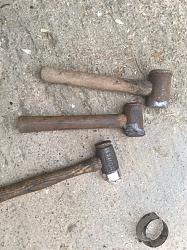
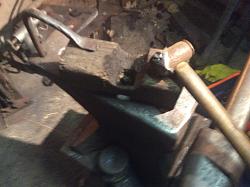
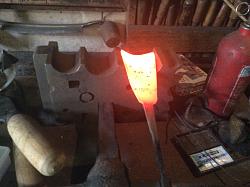


 Reply With Quote
Reply With Quote



Bookmarks